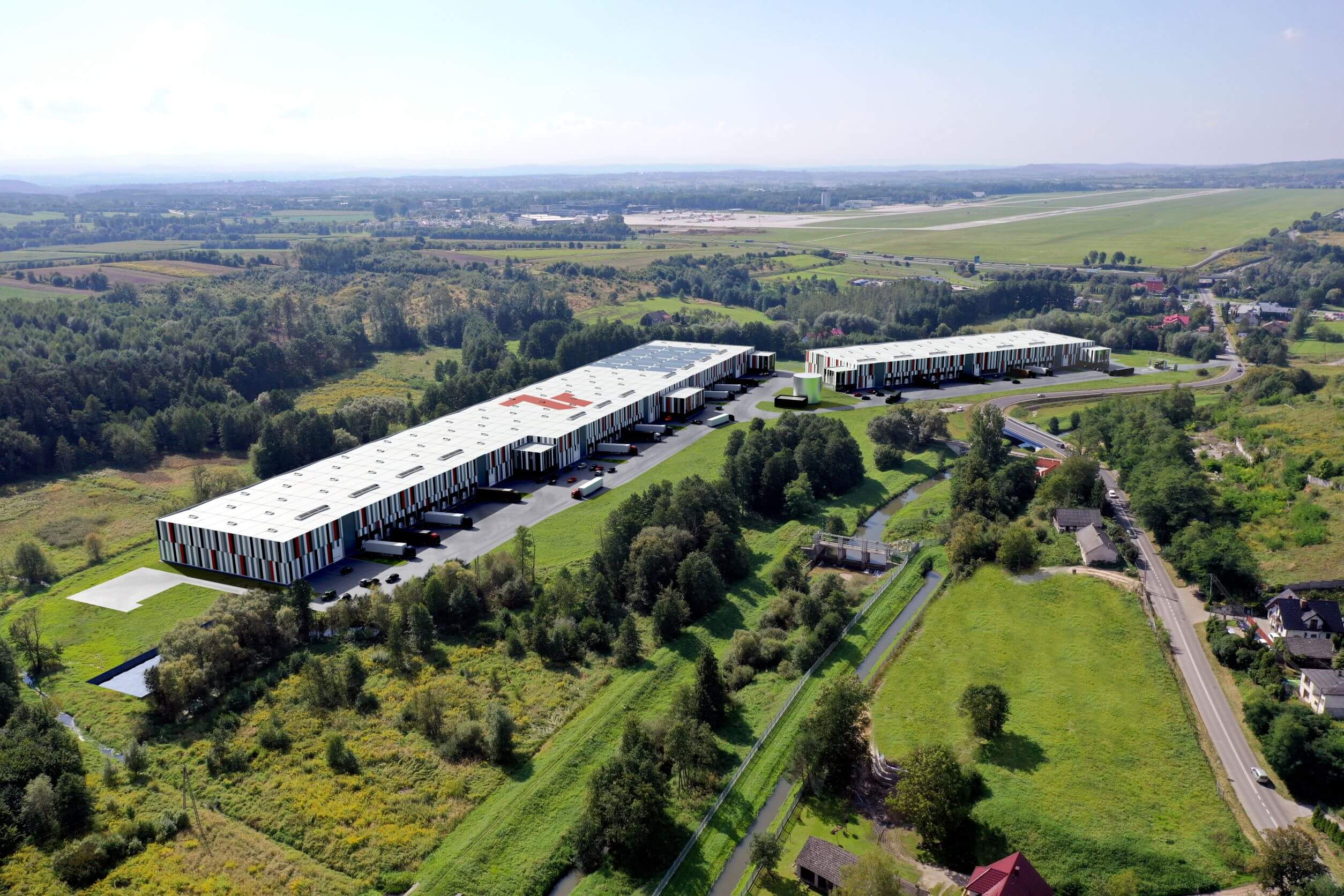The warehouse market blazes new trails

The warehouse market is currently undergoing a phase of rapid expansion. Together with the development of new technologies to improve warehouse operations and protect the environment, the number of tenants is growing, who require specialist warehousing space for their operations. New locations are also appearing.
The nature and location of new projects are, to a large extent today, being determined by the development of e-commerce. But this is not the only factor. The varied structure of the tenant mix and the challenges they face in the new economic circumstances are causing the market today to follow completely new development paths.
Taking the 7R portfolio as an example, you can see that warehouses have been transformed from fairly standard buildings intended mainly for the use of logistics companies into complex operational systems. Companies from such sectors as production, which includes the automotive industry and electronics, are taking up a bigger share. New clients are also appearing that are highly specialised, such as those involved in advanced pharmaceuticals, including research and development centres and there are also training companies – the best example, in this case, would be a civilian pilot training centre with hi-tech flight simulators
points out Kamila Pruk-Piotrowska
Development Director at 7R
More and more companies that are considering building warehouses to meet their own needs appreciate the flexibility of a lease.
“Currently more companies are becoming interested in leasing, which on the one hand does not require such a large input of capital and on the other allows them (to a certain extent) to adapt their operations to changing market conditions. The big advantage of our warehouses is their universality, which is often what tenants appreciate,” says Kamila Pruk-Piotrowska.
Business is people
The largest companies are strengthening their position on the Polish market. This is especially true for the e-commerce sector, whose locations must have access to a large pool of labour.
“Not long ago, the key element in placing a logistics centre was its immediate vicinity – being as close as possible to major road junctions and communication routes. Today access to a large-enough pool of workers or highly-qualified personnel is an equally important factor. This has resulted in us seeing the development of new warehouse locations,” says Kamila Pruk.
The last mile comes ever closer
Online sales and the rising expectations of consumers for fast service and deliveries are bringing tenants into the cities. The number of projects is growing that, wherever possible, are changing old industrial or retail buildings into modern city logistics centres.
“7R has several sites in its portfolio, which in one way or another are to be transformed. These include a former chemical plant, which is soon to be replaced by a modern and functional City Flex centre,” confides Kamila Pruk-Piotrowska. “More and more of these types of projects are being built and I expect this trend to be maintained. Moreover, it’s not only old factory buildings but there are also retail centres. In this way, we are not only going to have a positive effect on the environment (through, for example, the recultivation of land) but also on the picture of the city by changing old, ruined buildings into functional centres,” she adds.
The necessity to shorten delivery times is also having an effect on the extremely rapid growth of the courier industry, which is also betting on technology to make the final stage of deliveries more efficient and to make them quicker. Some companies no longer count their delivery times in hours but minutes.
Customers want to receive their packages ever-more quickly and they are even prepared to pay extra for this. The answer to such requirements will be that the placement of warehouses as close to the consumer as possible will become more and more important – adds the 7R professional.
Data centres in bloom
One of the leading trends in the warehouse real estate sector is also the rapid development of data centres.
“We are expecting the share that data centres take in the 7R portfolio to grow. These are businesses with very precise needs such as their high demand for electricity. And 7R has a lot of experience in their development”, points out Kamila Pruk-Piotrowska.






